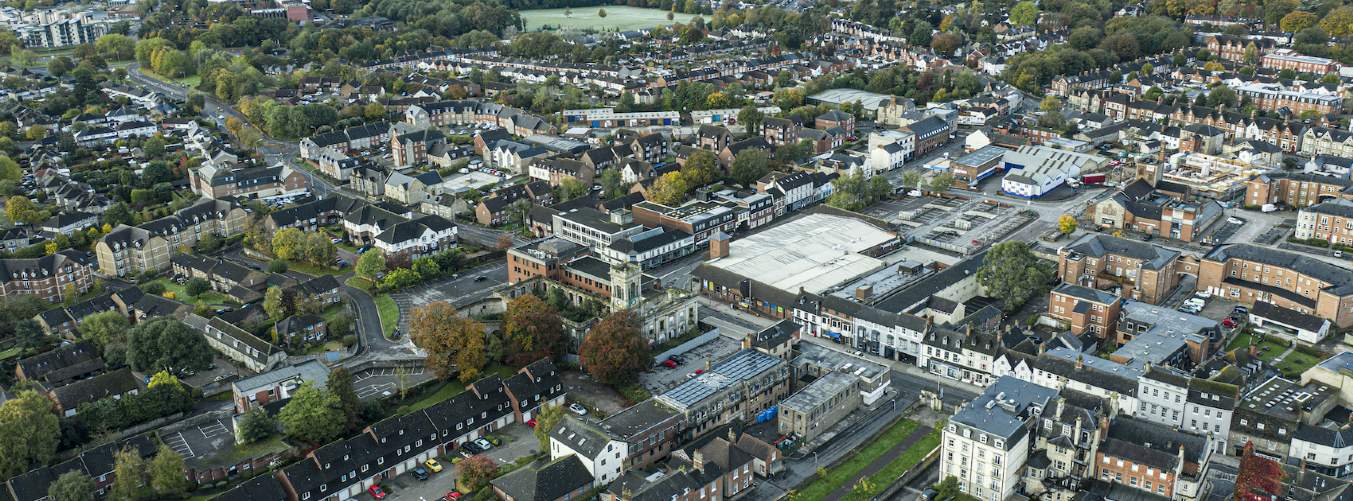This year marks the 75th anniversary of the end of the Second World War which, among myriad social and economic changes, saw a turning point in attitudes to the built environment from heritage to housing.
Britain rose to the challenge of rebuilding with a sense of optimism. Emerging from a period of devastation, upheaval and uncertainty, the priority was to learn from the past but look to the future.
Post-war regeneration brought a major shift in thinking towards housing, development and planning policy as well as cultural heritage and historic buildings across the land.
The Government had passed the Town and Country Planning Act in 1944, followed up by the Town and Country Planning Act 1947, as a response to the need for the large-scale rebuilding. This included an overhaul of the whole planning system. Effectively, the Act resulted in the centralisation of development control which passed from landowners into the hands of national and local government.
Local authorities were tasked with managing ongoing proposals for development in accordance with legislation and planning policies which emerged and evolved in the post-war years.
As Lewis Silkin, Minister of Town and Country Planning and instigator of the Act of 1947 stated: ‘When this Bill becomes law, we shall have created an instrument of which we can be justly proud; we shall have begun a new era in the life of this country, an era in which human happiness, beauty and culture will play a greater part in its social and economic life than they have ever done before.'
Section 28 of the 1947 Act included giving local authorities the powers to preserve buildings of special architectural or historic interest, seeking to retain many of the country’s most important old buildings to ensure they were not swept away in the tide of renewal.
Recognising the past and celebrating the best of the surviving old buildings led to the compilation of a list which, in England, is today known as the National Heritage List for England (for further details see How to uncover the history of your home).
This built on the principles of a survey undertaken during the war known as the Salvage Lists, which sought to determine whether a building should be protected from demolition if it suffered bomb damage. The post-war listing initiative focused on the buildings of England, following the Ancient Monuments Protection Act of 1882, which recognised and protected the archaeologically important sites of the land.
The aim of the Act of 1947 was to promote the post-war regeneration of Britain’s towns and cities and set out new ways of dealing with and monitoring existing and new development, partly in response to the emerging progressive thinking in terms of architecture, urban and town planning which had already started having an impact in the inter-war period, and also as a necessity to respond to the damage caused by heavy bombing.
As the war came to a close, ideas on how to deal with the buildings and townscapes of the country started to form and these revolved around whether buildings (and not just those directly impacted by bombing) should be demolished, whether damaged buildings should be retained and restored, whether buildings should be rebuilt, or whether new development should seek to be entirely innovative in new parts of the country away from the devastation of war.
The effects of the war did much to further the cause of those keen to transform areas characterised by overcrowding, unsanitary conditions and poorly built housing. Indeed, much had been done in the years leading up to the outbreak of war to regenerate many inner-city areas.
The Housing Act of 1930, also known as the Greenwood Act, required local authorities to concentrate on slum clearances by purchasing properties and setting out a programme of building and demolition within their districts.
Many of the new buildings emerging in the immediate pre-war period were council owned and managed, the first council housing having been constructed after the 1919 Housing and Town Planning Act had been introduced.
Loss through damage and demolition during the war did not discriminate between areas of slums and areas of prosperity and did not distinguish between poorly constructed inner-city housing and some of the country’s most architecturally and historically significant buildings. Two million homes were destroyed and the impact on people’s lives cannot be overestimated.
Further information
Rebuilding Britain: where old met new
Contact Savills Heritage Planning









.jpg)
.jpg)